-Banner-img.webp)
2023 Recognizes PiLog as a Leading World-Class Master Data Management Solution Provider With The Ratings Above 4.7
Data Governance is a series of activities and processes that help ensure the formal management of data assets inside an enterprise. It also involves other concepts such as Data Architecture, Data Integration, Data Quality, and others to help organizations get greater control of their data resources, including processes, technologies, and rules relating to effective data management. Furthermore, it manages security and protection, integrity, accessibility, integration, enforcement, reliability, tasks and responsibilities, and the proper implementation of data from multiple sources within the enterprise. Master Data Governance guidelines describe company rules on a variety of factors, including data access, storage, confidentiality, use and discard.
While most organizations have specified policies, but lack of enforcement within an enterprise is troubling. Many factors prevent enforced data governance policies, including:
Fortunately, pioneering tech companies have created strategies to overcome the above-mentioned
With more than 27+ Year's of Industry Experience PiLog helping businesses with amazing results
Upto 70% Revenue Growth
Upto 95% Secured
Upto 110% Cost Management
35% Increased Efficiency
Upto 200% ROI
Data governance is the act of establishing internal standards-data policies-that regulate how data is collected, kept, processed, and disposed of. It determines who has access to what types of data and what types of data are governed.
Master Data governance is a steady process rather than a technology solution, but some tools can help support that program. The device that suits your enterprise will depend on your needs, data volume, and budget.
Like any governance model, Master Data Governance starts with policies, guidelines, business rules and a governance approach covering all the individuals, processes and technology involved.
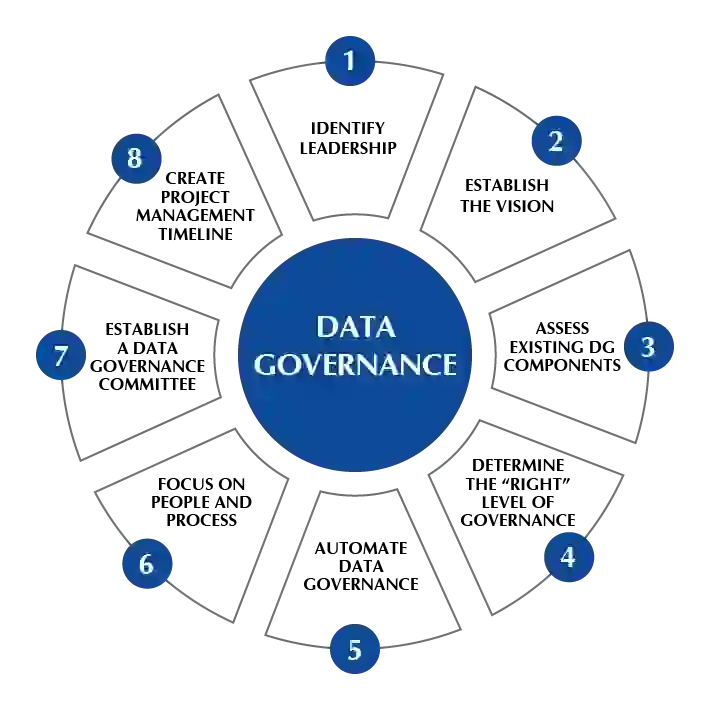
Although data management processes handle the actual production and ongoing preservation of master data, the methodology directs the best data governance practices of the industry, such as compliance with ISO 8000. data standards, whereas the business rules define the proper use of the data to drive an efficient and effective business operation. Specifically, business rules.
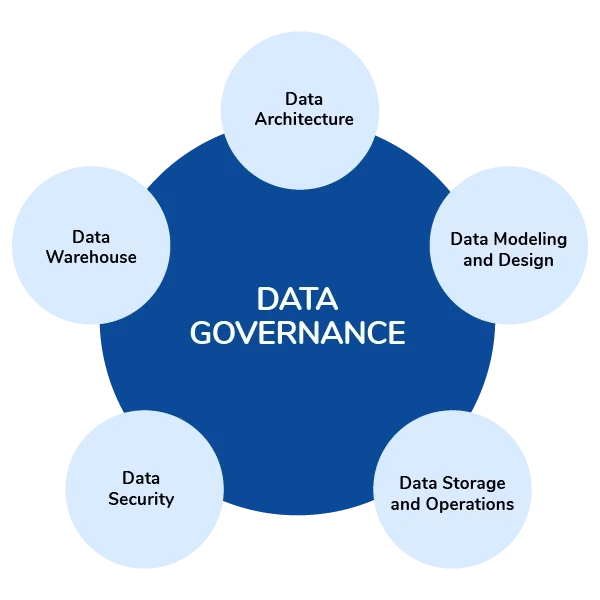
Create a board or committee to manage the data governance initiatives. To provide a comprehensive approach to data management, this group ought to be made up of representatives from diverse organizational department.
Assign data stewards to look after the security, reliability, and quality of particular data domains or sets. These people look after the data as custodians and make sure it adheres to predetermined criteria.
Create policies, standards, and guidelines for data collection, storage, processing, and sharing that are detailed and easy to understand.These guidelines must to be in line with legal standards and standard operating procedures.
Data quality plays a very crucial role when it comes to decision making which is crucial effective operational efficiency.
Protect crucial data from unauthorized access, breaches, and cyber dangers by utlising effective data security procedures. Encryption, access limits, and regular security audits are all part of this.
Depending on your jurisdiction and business, make sure you are in compliance with data privacy laws like the GDPR, CCPA, or HIPAA. Create procedures for getting consent, handling data subject rights, and notifying data breaches.
Keep thorough records of all your data assets, such as data dictionaries, metadata, and data lineage. knowing the data sources and dependencies requires knowing this documentation.
To keep up with evolving company needs, technological advancements, and legal constraints, regularly assess and update your data governance architecture.
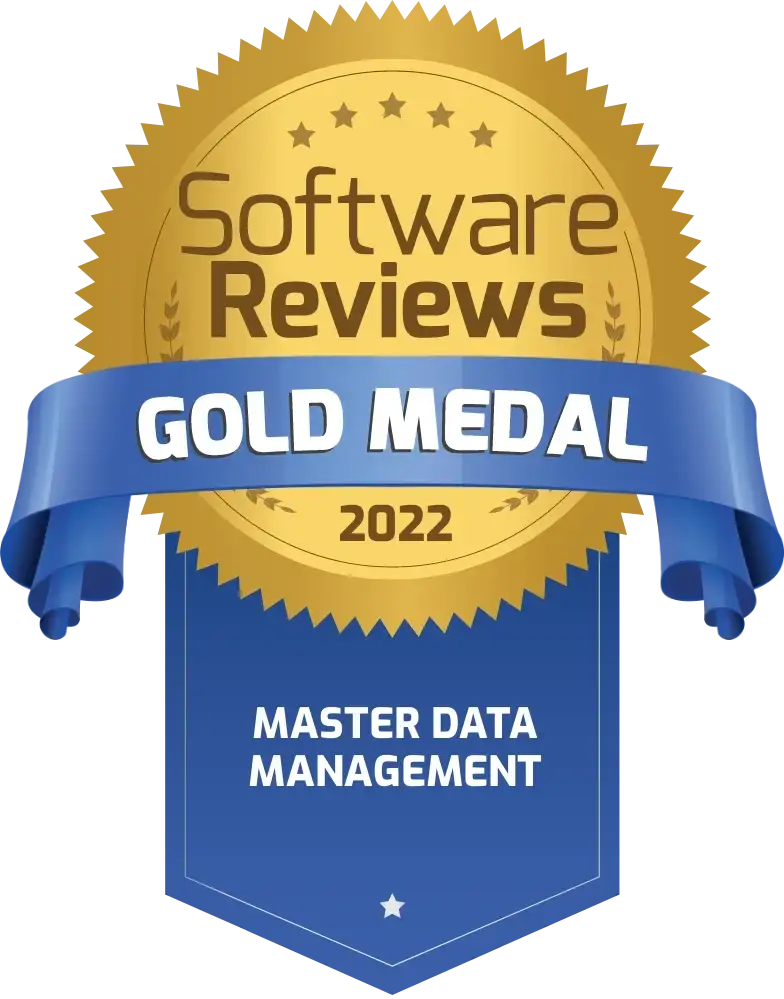

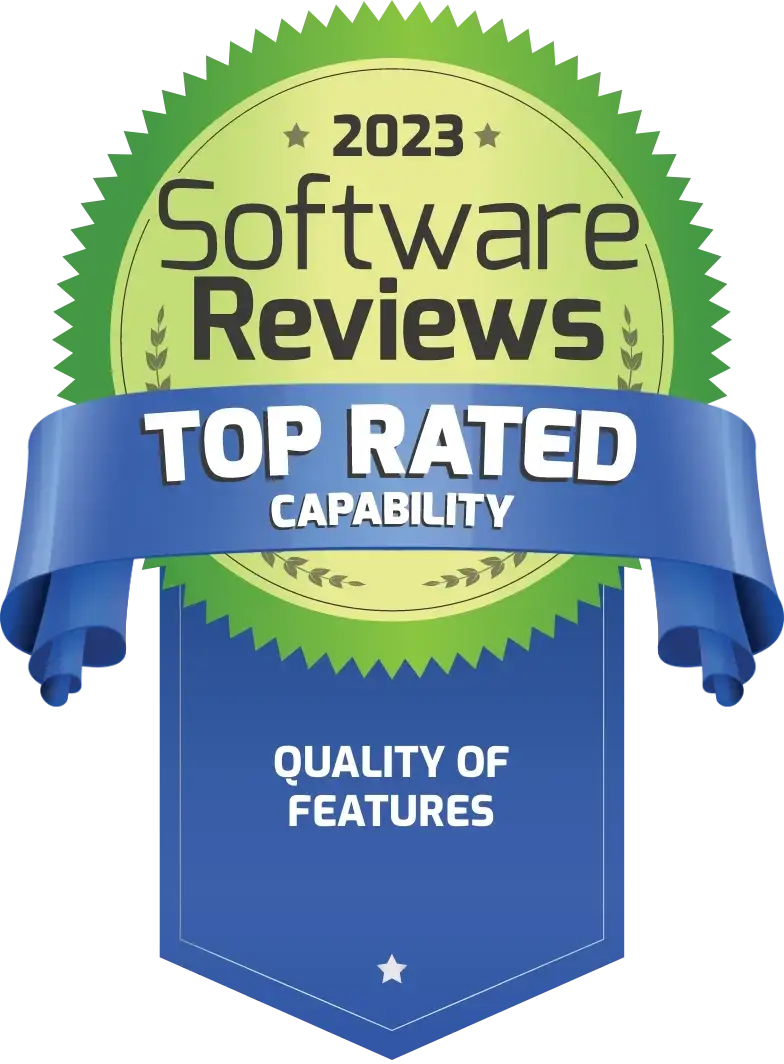
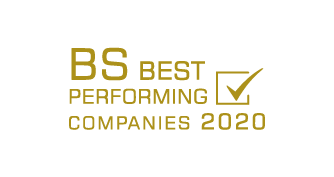
Structures overall data and data-related resources as an integral part of the enterprise architecture.
Analysis, design, building, testing, and maintenance
Structured physical data assets storage deployment and management.
Ensuring privacy, confidentiality, and appropriate access.
Acquisition, extraction, transformation, movement, delivery, replication, federation, virtualization, and operational support.
Processing, securing, encoding and allowing access to data contained in unstructured sources and making these data accessible for integration and interoperability with structured data.
Managing shared data to reduce redundancy and ensure better data quality through standardized definition and use of data values.
Handling analytical data collection and allowing access to decision support data for reporting and analysis;Managing analytical data processing and enabling access to decision support data for reporting and analysis.
Defining, monitoring, maintaining data integrity, and improving data quality.
Our Numbers Speak Itself
Raised by our Clients
Industries
Solutions Delivered

"PiLog played a crucial role in spearheading our organization's extensive business transformation towards becoming a data and AI driven entity. Their vast skills and expertise enabled them effectively lead us throughout this transformation journey. From project management and change management to profound expertise in data governance, PiLog guided us every step of the way."
"It is an excellent product and a centralized platform for managing all aspects of customer master data with ease including data modeling, data enrichment, data cataloging, and data classification. It helps to address many challenges related to customer master data."

Connect with our experts at info@piloggroup.org
Data Governance is needed to guarantee that an association's data resources are officially, appropriately, proactively and productively oversaw all through the venture to get its trust and responsibility. ... This deduces into better association of business activities.
Data governance tools To put it plainly, Data administration is a bunch of arrangements, techniques, conventions, and measurements that control how information is utilized, overseen and put away. ... Any information administration apparatus should have the option to rapidly and viably oversee information from various access or capacity focuses just as address the issues of various end-clients.
A Data administration methodology characterizes how information is named, put away, handled, and shared. Rather than information being a side-effect of your applications, it turns into a crucial organization resource. The procedure characterizes how the information will be utilized effectively in an association.